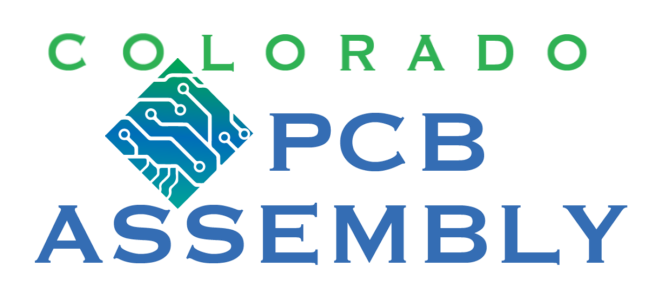Solder Paste Varieties
Solder paste is a crucial material used in electronic manufacturing to attach surface-mount components to PCBs before soldering. There are different types of solder paste available, each with its own composition and characteristics. Here are some of the most common types of solder paste:


